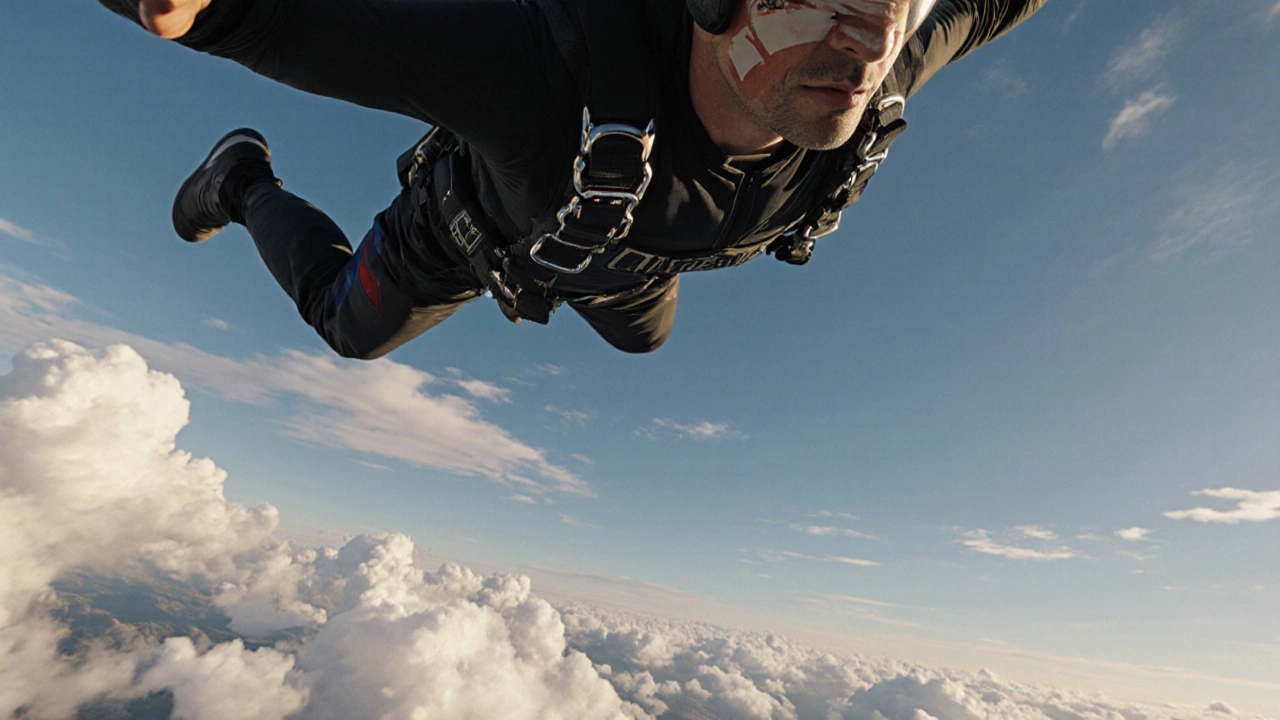SEARCH
Skydiving Fatality Rate – What Every Adventurer Should Know
When evaluating skydiving fatality rate, the percentage of jumps that end in a fatal accident, usually expressed per 100,000 jumps. Also known as skydiving death rate, it serves as a key gauge of how safe the sport really is.
Why the Numbers Matter for Adventure Travelers
Adventure tourism covers everything from trekking the Himalayas to jumping out of a plane, so the skydiving safety, the set of practices, training standards, and equipment checks that keep jumpers alive directly influences the fatality rate. Modern parachute technology, advanced fabrics, reserve systems, and automatic activation devices has cut the odds dramatically over the last two decades. At the same time, risk management steps—like mandatory certification, weather screening, and insurance policies—create a safety net that many trekkers assume applies to all extreme sports.
When you compare skydiving with high‑altitude trekking or mountaineering, you start to see a pattern: better training equals lower fatality rates. The United States Parachute Association (USPA) requires a minimum of 25 logged jumps before a solo jump, and that threshold alone reduces accidents by roughly 30 %. Similarly, guided treks on the Everest base‑camp route enforce strict acclimatization schedules, which keep altitude‑related deaths down. These parallels show how the skydiving fatality rate is not an isolated statistic but part of a broader safety ecosystem that includes equipment standards, pilot experience, and regulatory oversight.
Equipment manufacturers continuously push the envelope. For instance, automatic activation devices (AADs) now deploy a reserve parachute if descent speed exceeds safe limits, shaving seconds off reaction time. This tech development creates a direct causal link: improved parachute technology such as AADs and multi‑cell canopies reduces the fatality rate. Meanwhile, insurance firms adjust premiums based on a jumper’s record and the latest safety data, reinforcing the idea that risk assessment fuels safer practices.
For anyone planning an adrenaline‑filled itinerary, the takeaway is simple. Look for drop zones that publish their own fatality statistics, verify that instructors hold USPA (or equivalent) ratings, and ask about the age of the gear. Cross‑checking these factors mirrors the due‑diligence you’d use when booking a trek through the Himalayas or a wildlife sanctuary visit—both of which appear in our broader travel guides. By treating the skydiving fatality rate as a health check for the whole adventure experience, you make smarter choices and keep the thrill alive.
Below you’ll find a curated set of articles that dive deeper into the numbers, share real‑world safety stories, and compare skydiving risk with other high‑octane pursuits like trekking and mountain climbing. Whether you’re a first‑timer, a seasoned jumper, or just curious about the stats, the collection gives you the context you need to decide if the jump is right for you.

Skydiving Fatality Rate: How Safe Is It Really?
Explore the true skydiving fatality rate, see how India compares to global stats, and learn practical safety tips to keep your jumps safe.
Continue reading